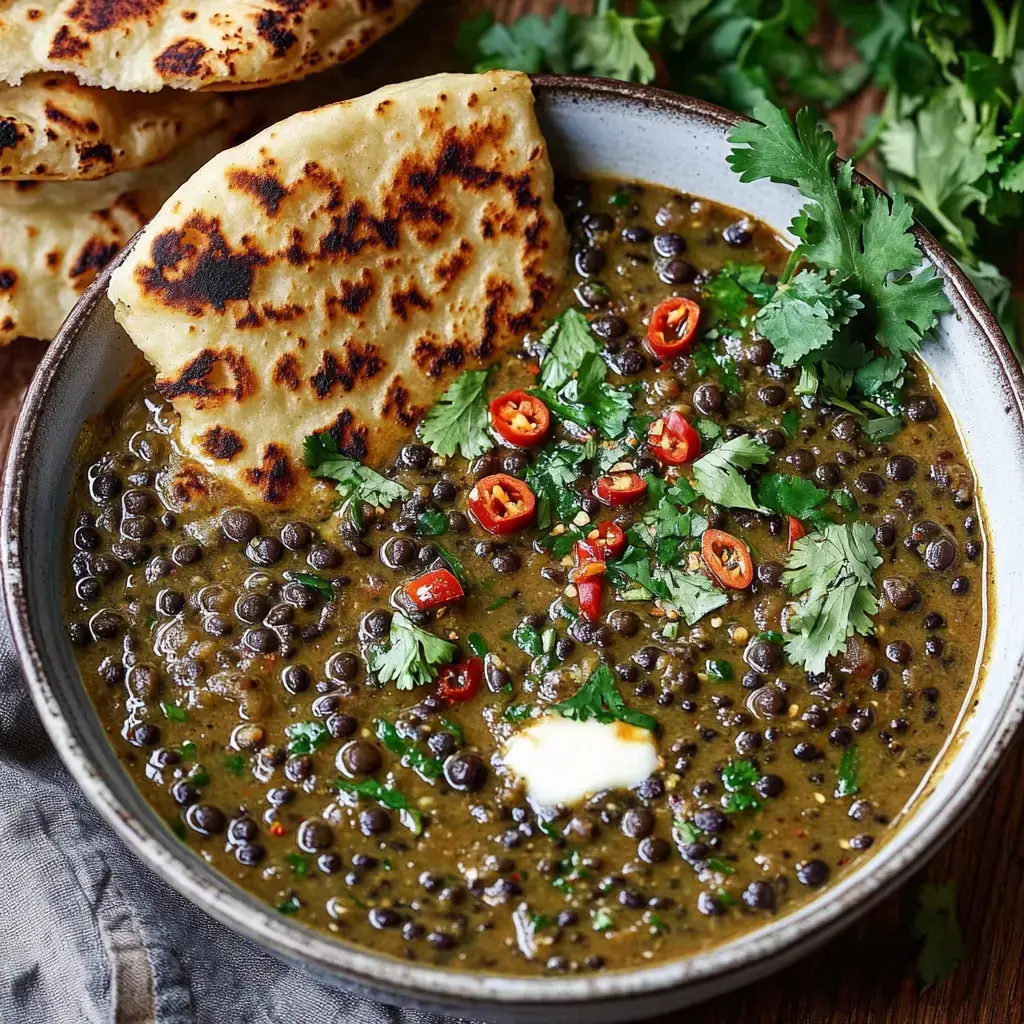 Pin it
Pin it
Last week while making Dal Makhani again, I suddenly realized why it's my absolute favorite dish. This creamy stew with black beluga lentils doesn't just win over my family but captivates every guest who visits us. The mix of buttery flavors and carefully chosen spices turns it into a feast I'd gladly cook daily. I'm sharing my recipe today - one I've tweaked and improved for years.
A delightful treasure from my kitchen
The velvety texture makes Dal Makhani truly special. Those buttery notes blend beautifully with its gentle heat. In my home, I love serving it alongside fresh naan or aromatic basmati rice. These beluga lentils aren't just incredibly tasty - they're packed with protein too. It's a dish that gets thumbs up from both vegetarians and meat lovers alike.
My favorite ingredients
For my Dal Makhani, I only use top-quality stuff. I grab beluga lentils from the Asian store nearby - they're really the star of this dish. Juicy onions, fresh garlic, and spicy ginger create the perfect foundation. My homemade ghee is my little secret for that irresistible taste. I keep all my spices in small jars so they stay flavorful and potent.
Step by step to perfect Dal
Making this dish feels like meditation to me. First, I boil the lentils with turmeric until they're just right - tender but with a slight bite. Meanwhile, I toast spices in ghee until my kitchen smells like India. The key thing is patience - only slow simmering brings out all the flavors properly. A tip from my family kitchen: add tomatoes later on for an amazingly silky sauce.
The magic of Tarrka
Tarrka is my favorite part of cooking this dish. When hot ghee bubbles up with spices, an incredible smell fills the entire kitchen. This small but crucial addition makes a huge difference in taste. My guests always ask about this special aroma.
The power of beluga lentils
I really value beluga lentils in my cooking for their health benefits. They're loaded with protein, making them perfect for feeling full and satisfied. When my vegetarian friends come over, Dal Makhani is always their top choice. The black lentils keep their shape while cooking, which I really love. They give the dish that wonderful texture that makes it so unique.
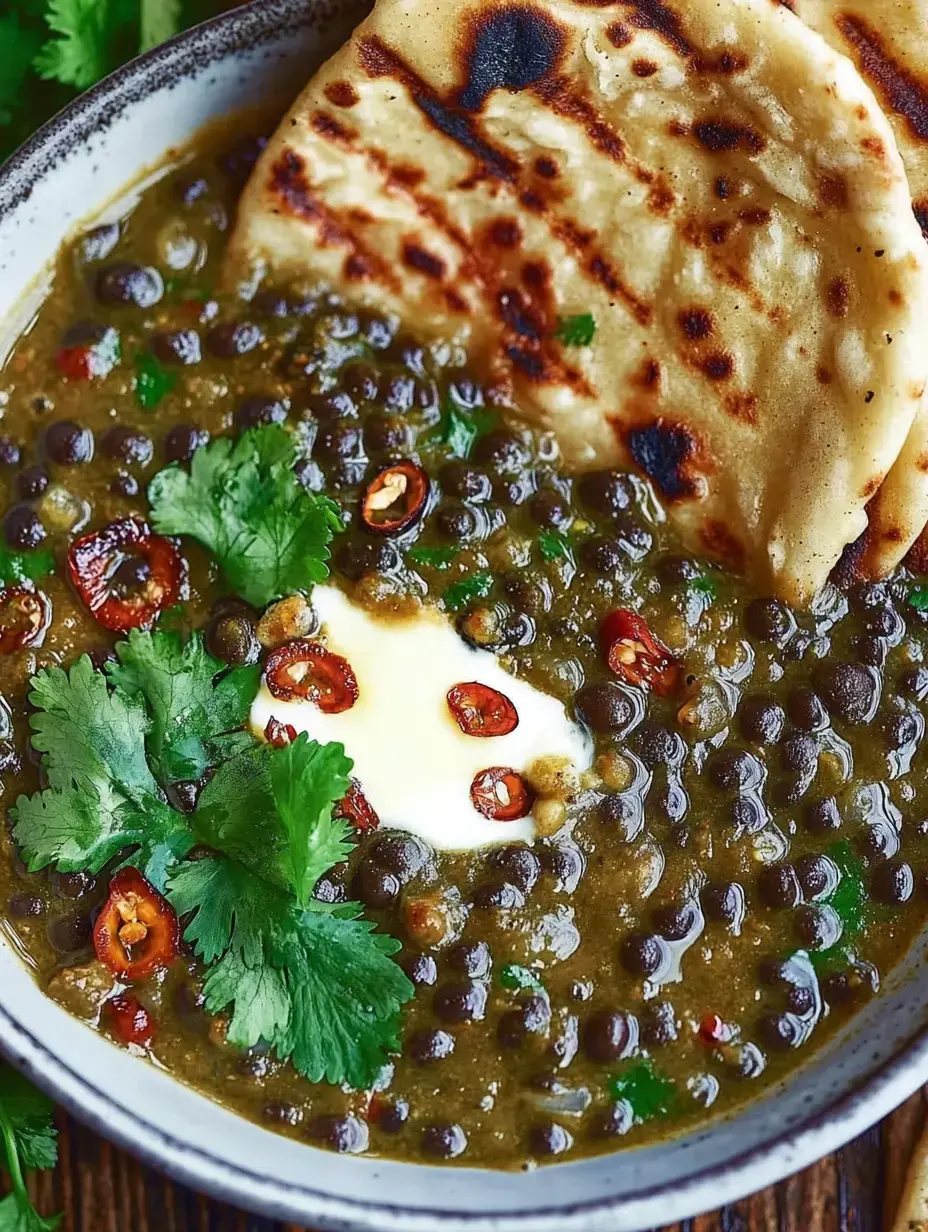 Pin it
Pin it
Make-ahead and storage
A fantastic thing about Dal Makhani? It's great for batch cooking. I often make a bigger amount and freeze portions for later. After thawing, it tastes even better because the spices have had time to develop. Just add a bit of water or broth to bring back that lovely creaminess.
My spice secrets
The magic of my Dal Makhani comes from the spice blend. I add bay leaves and cardamom right when cooking the lentils. Spices need time to release their flavors, so I let everything simmer gently. Right before serving, I squeeze in some lime juice - it makes all the flavors pop and shine.
The ideal side dish
In our home, Dal Makhani always comes with fragrant basmati rice. I bake fluffy naan from scratch when we have company. We also enjoy it with a cooling cucumber yogurt salad that perfectly balances the spicy sauce. The pairing options are endless.
A tradition from Punjab
Dal Makhani reminds me of my journey through Northern India. Every family makes it somewhat differently, but always with lots of love. It's a must-have at celebrations and gatherings. It shows how simple ingredients can be turned into something extraordinary.
My vegan version
I've tweaked the recipe for my vegan friends. Instead of ghee, I use good quality plant oil, and I swap cream for coconut milk. With the right spices, it's just as creamy and aromatic. Everyone's always impressed with the results.
The trick to perfect consistency
After many attempts, I found the perfect trick for texture. The lentils shouldn't get too soft or they'll lose their nice shape. I lightly blend part of the dish with a hand mixer to make the sauce wonderfully creamy. If it gets too thick, I just add some hot broth.
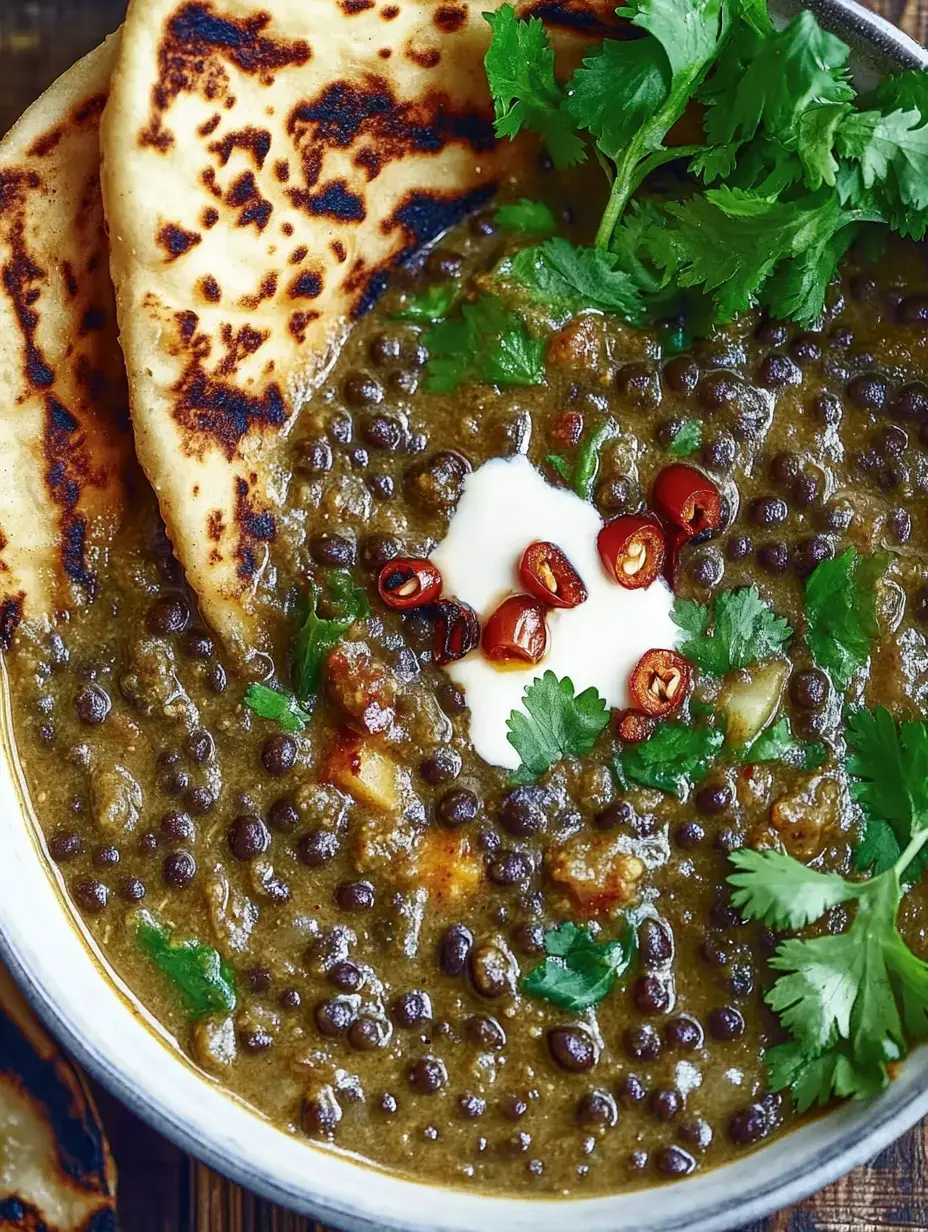 Pin it
Pin it
Why it tastes better the next day
Here's a tip from me: let the Dal sit in the fridge overnight. The spices develop even more intensely and the sauce becomes amazingly thick. It's perfect for busy days when there's no time to cook. When reheating, I add some broth to make it nice and creamy again.
Choosing the right lentils
For my Dal Makhani, I only use beluga lentils. They have this wonderful nutty flavor and keep their shape during cooking. Unlike red or yellow lentils, they don't fall apart but stay pleasantly firm. Their black color also makes the dish visually stunning.
My spice kitchen
Spices are the heart of my Dal Makhani. I mix my own garam masala following an old family recipe. Turmeric doesn't just add beautiful color but it's healthy too. I balance the heat perfectly with paprika and chili. Each spice plays its own important role.
The finale with Tarrka
Tarrka is the crowning touch for my Dal Makhani. I fry garlic and chili in hot ghee until golden brown. Pouring this fragrant mixture over the Dal transforms my kitchen into an aromatic wonderland. This final step makes a huge difference.
Homemade ghee
I use homemade ghee in my kitchen. It's worth the effort because it gives the Dal that incomparable taste. This clarified butter doesn't just have a wonderful flavor but it's very healthy too. A spoonful makes any dish special.
Temperature is everything
Getting the heat right for Dal Makhani is crucial. I start with medium temperature to toast the spices. Then I lower the heat so everything can simmer gently. This is the only way flavors develop properly. Experience has taught me that too much heat ruins the delicate spice notes.
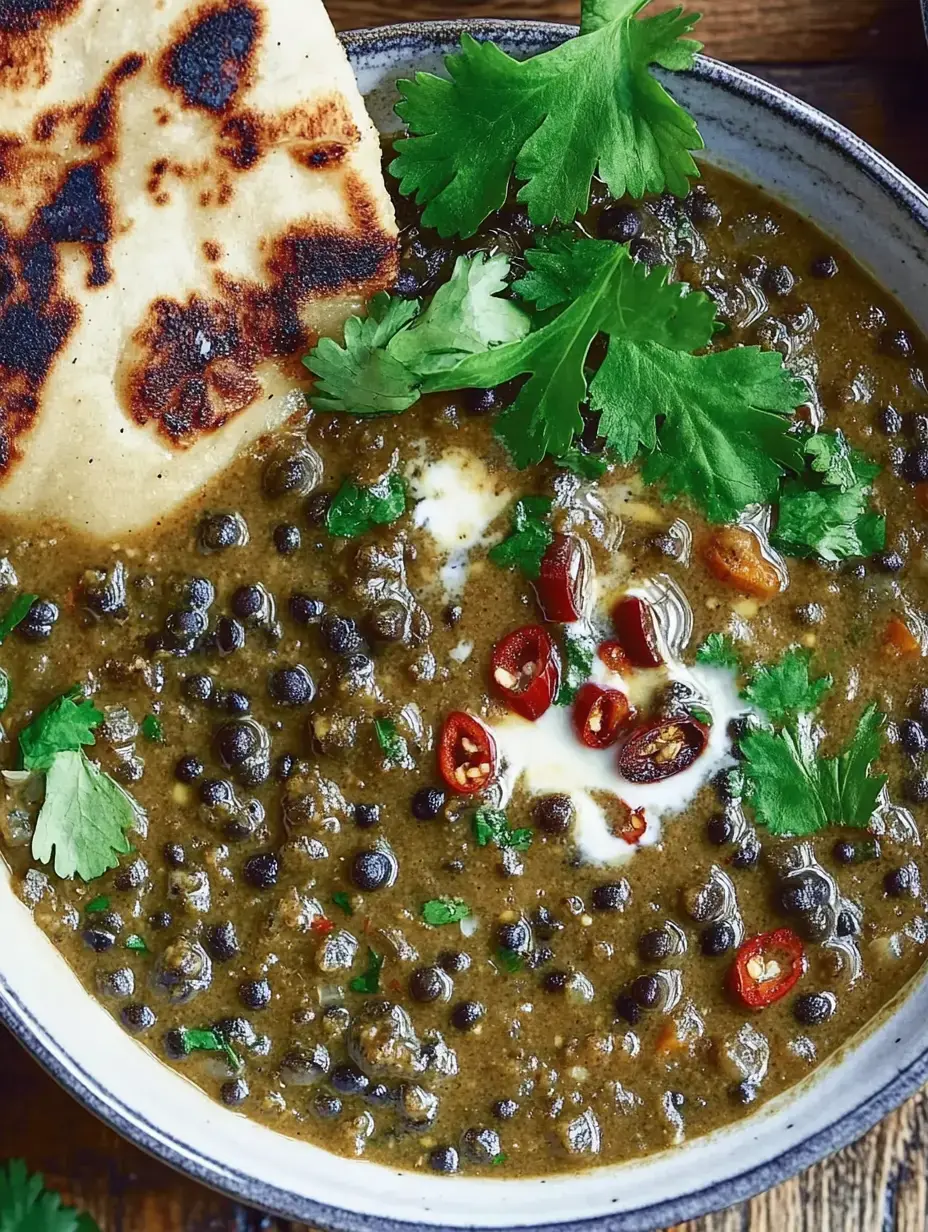 Pin it
Pin it
Side dishes from my kitchen
We always serve Dal with basmati rice that's been flavored with cardamom and saffron. I bake naan following my grandmother's old recipe. With it comes a refreshing raita made with cucumbers and mint from my garden. It's the perfect combo for a well-rounded taste experience.
Variations to suit your taste
Everyone in my family likes their Dal a bit differently. I make it milder for the kids and extra spicy for my husband. The vegan version with coconut milk has become just as popular as the original. Sometimes I add roasted fennel seeds or enhance it with a splash of pomegranate syrup.
One dish many stories
Each region has its own take on Dal Makhani. During my trips through India, I've come across many variations. Some make it buttery and creamy, others spicy and aromatic. My recipe blends everything I've learned over the years.
Smart meal prep
On hectic days, I'm thankful when I have Dal Makhani in the freezer. I always cook a large batch and freeze individual portions. Flat containers work better for portioning and quicker thawing. With fresh naan, it quickly becomes a festive meal.
Nutritious and healthy
What I really value about Dal Makhani is how balanced it is. The lentils provide valuable protein while the spices aid digestion. It's a dish that doesn't just taste good but does you good too. Especially in winter, there's nothing better in our house.
The role of tomatoes
Tomatoes play a key part in my recipe. They give the Dal perfect acidity and natural sweetness. In summer, I use ripe tomatoes from the garden; in winter, good-quality canned ones work well. Blending them makes the sauce particularly smooth and harmonious.
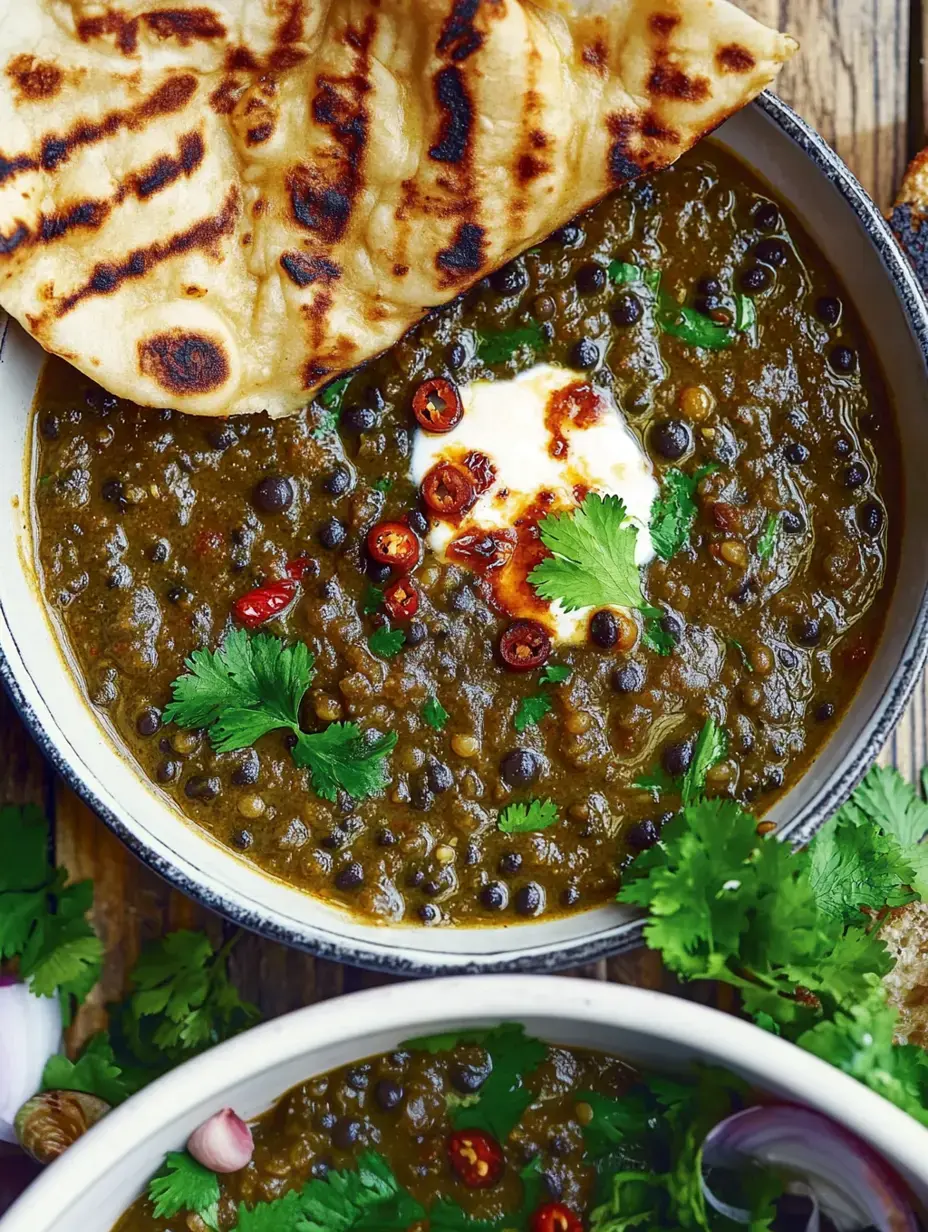 Pin it
Pin it
A feast for everyone
Dal Makhani is our go-to dish for special occasions. When the whole family gets together, it's always on the table. Combined with other Indian dishes, it becomes a real banquet. Seeing my guests' joy is the best reward for my time in the kitchen.
Frequently Asked Questions
- → What's tarka?
- Tarka means frying whole spices and aromatics in hot ghee or oil, then drizzling that over your finished dish. It adds a burst of flavor and a fun crunch.
- → Can I swap in other lentils?
- You sure can! Traditional Dal Makhani uses black urad beans, but beluga lentils work great since they're similar in texture and color.
- → Why does it taste better the next day?
- Letting it sit gives the flavors time to come together, plus the lentils soak up even more creaminess.
- → What's ghee?
- Ghee is clarified butter. In Indian cooking, it's got a nutty flavor and can handle high heat compared to regular butter.
- → How hot does it get?
- The heat comes from chili powder and fresh chilies. Add more or less to make it spicy or mild—it's totally up to you.
